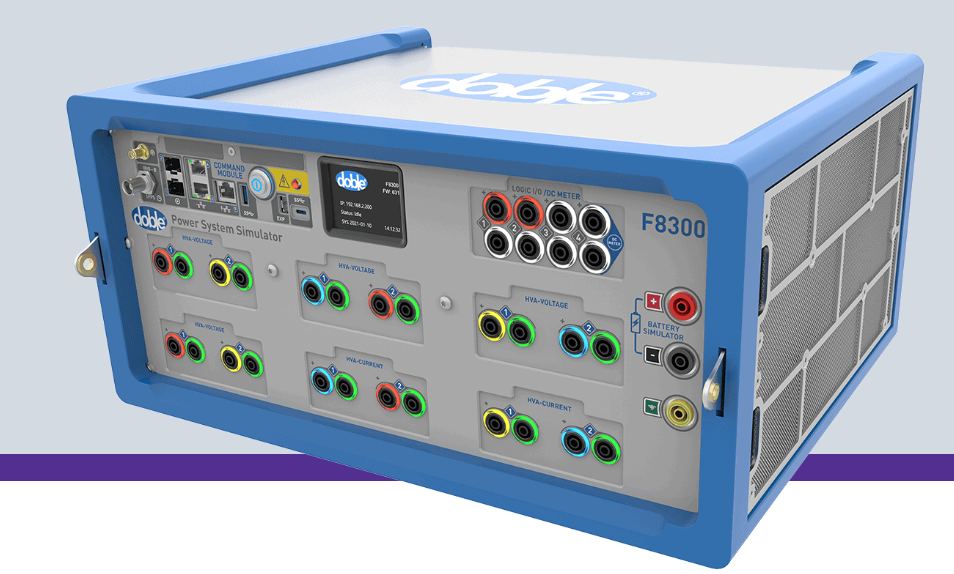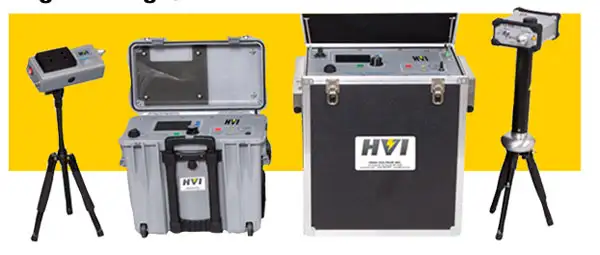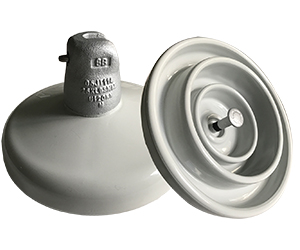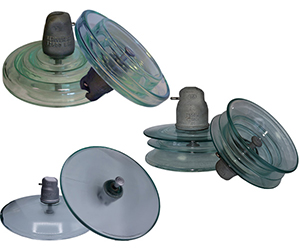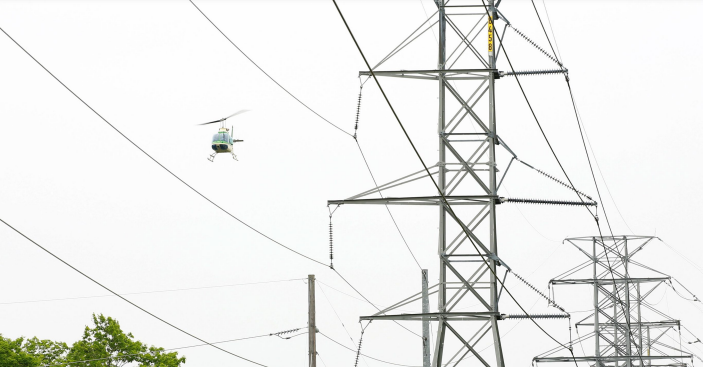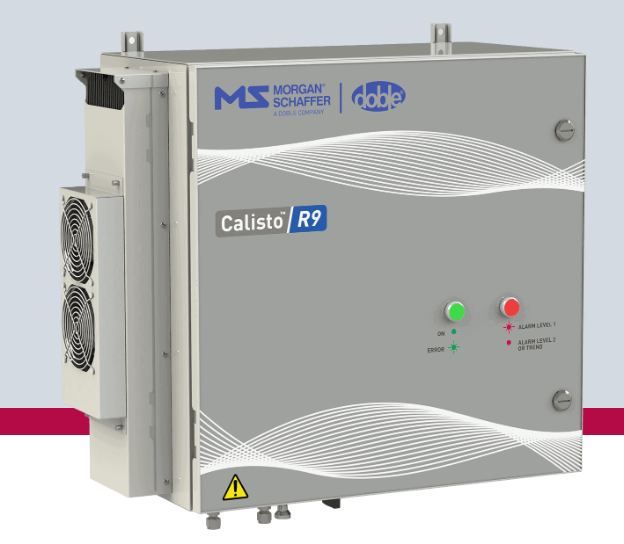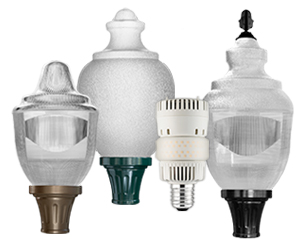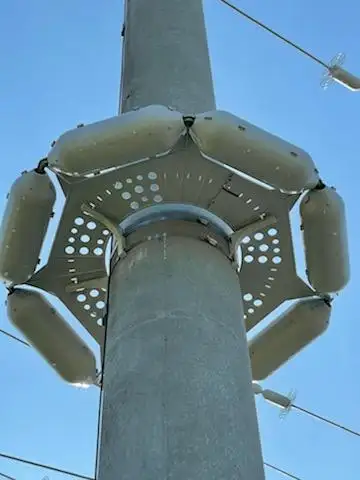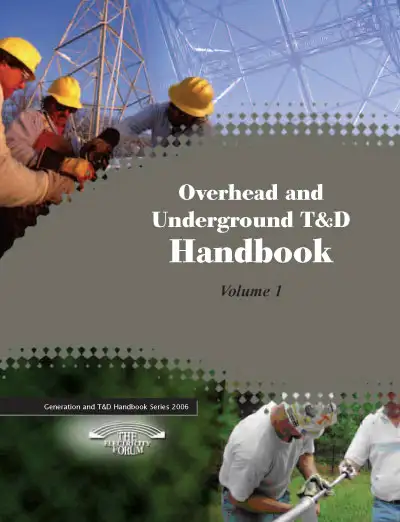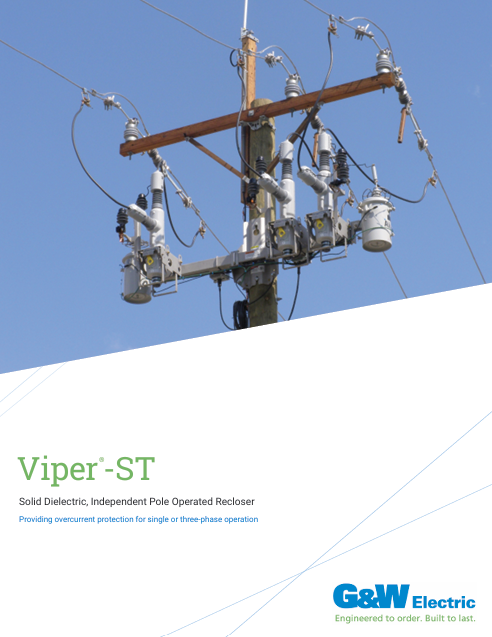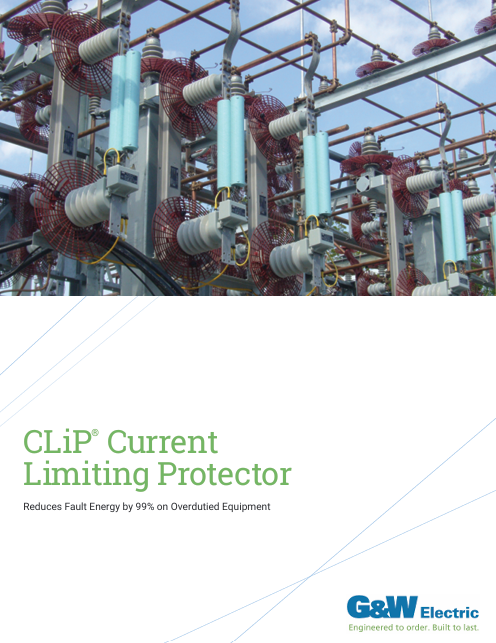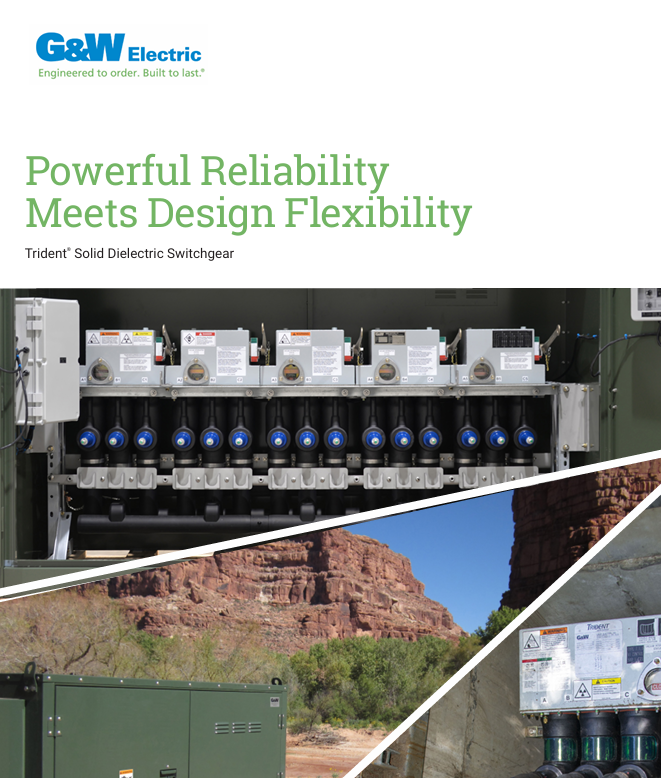Long Term Energy Storage: Bridging Supply and Demand Gap
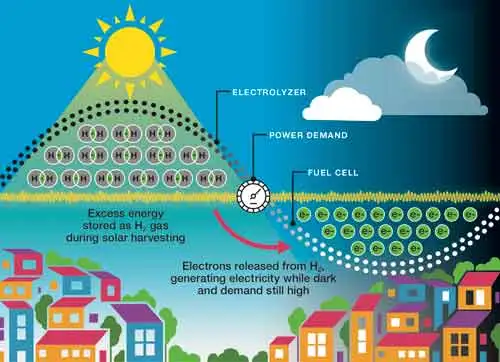
Long term energy storage is critical to achieving a stable and reliable power system that can accommodate high levels of renewable energy generation. Different technologies used for long-term energy storage (ES) solutions help address the challenges associated with intermittent energy supply from renewable sources. Integrating long-term ES solutions with existing power grids requires careful planning and coordination. Long-term ES systems can have environmental impacts, and their cost-effectiveness depends on several factors. However, with continued innovation and deployment, long-term ES solutions can play a vital role in enabling the transition to a cleaner and more sustainable energy system.
Technologies Used for Long-Term Energy Storage
Several long-term ES technologies are available, each with unique characteristics, advantages, and disadvantages. Here are some of the most commonly used ones:
Battery Storage: Batteries, particularly lithium-ion batteries, are commonly used for short-term ES, but they can also be used for long-term storage. These batteries store electricity chemically, which can be converted back into electrical energy when needed. They are relatively flexible and can be deployed in various settings, including residential, commercial, and utility-scale applications.
Pumped Storage Hydropower: Hydropower is one of the most established forms of long-term ES. It works by pumping water from a lower reservoir to a higher reservoir during low energy demand, then releasing it to generate electricity during peak demand. This technology is highly efficient, with up to 80% round-trip efficiency.
Compressed Air Energy Storage (CAES): Compressed air ES works by compressing air and storing it in an underground cavern. When electricity is needed, the compressed air is released, powering a turbine that generates electricity. This technology has the potential for large-scale ES, which can store energy for several days.
Thermal Energy Storage: Thermal ES stores energy by heating or cooling materials, such as water, molten salt, or phase-change materials. The stored energy can then generate electricity through a thermal power cycle. Thermal ES can provide both short-term and long-term storage solutions.
Power-to-Gas: Power-to-gas technology converts excess electricity into hydrogen or methane gas, which can then be stored and used for power generation or transportation. This technology can provide long-term ES solutions, particularly for the transportation sector.
Advantages and Disadvantages of Long-Term ES Technologies
Each long-term energy storage technology comes with its advantages and disadvantages. For instance, batteries are flexible and scalable but have a limited ES capacity and can be costly. Pumped storage hydropower is efficient and has a high storage capacity but requires specific geological and topographical conditions. CAES can provide long-duration ES but requires a large-scale underground cavern. Finally, power-to-gas has the potential for large-scale energy storage but could be more efficient regarding energy loss during the conversion.
Importance of Long-Term Energy Storage for Renewable Energy Sources
Long-term energy storage is critical for renewable energy sources because it helps address their intermittent nature. With long-term ES solutions, renewable energy sources like wind and solar power can provide reliable and dispatchable power. This is particularly important as the use of renewable electricity sources continues to grow and their share in the power generation mix increases.
Different technologies used for long-term ES help to enable the transition to a cleaner and more sustainable energy system. For instance, battery storage solutions are currently being installed across the United States to support electric vehicles and store excess solar energy generated by residential and commercial solar arrays. Pumped storage hydropower is the most established form of long-term energy storage, with more than 90% of the world's installed energy storage capacity being pumped storage hydropower. In addition, compressed air ES and thermal ES technologies are also gaining traction as solutions for long-term energy storage.
Addressing Intermittent Energy Supply from Renewable Sources
Long-term ES solutions help address the challenges associated with intermittent energy supply from renewable sources. For example, intermittent energy supply from wind and solar power can lead to fluctuations in the power system, making it difficult to balance supply and demand. Long-term ES solutions help smooth out these fluctuations by storing excess energy generated during periods of high generation and releasing it during periods of low generation or high demand.
Integration of Long-Term Energy Storage Systems with Existing Power Grids
Integrating long-term ES systems with existing power grids requires careful planning and coordination to ensure a stable and reliable power system. ES systems can be connected to the power grid at different levels, including transmission, distribution, and customer sites.
One way to integrate long-term ES solutions is through microgrids. Microgrids are small-scale power systems operating independently or in conjunction with the larger power grid. They can provide backup power, improve power quality, and integrate renewable energy sources.
Environmental Impacts of Long-Term Energy Storage Systems
Long-term ESsystems can have environmental impacts, particularly during manufacturing, installation, and disposal. For instance, the mining and processing raw materials required for lithium-ion batteries can have significant environmental impacts. In addition, pumped storage hydropower can have a substantial impact on aquatic ecosystems, while CAES can cause land subsidence and potential contamination of underground water sources.
Cost-Effectiveness of Long-Term Energy Storage Technologies
The cost-effectiveness of long-term ES technologies depends on several factors, including the level of deployment, the location, and the regulatory environment. Long-term ES systems can be costly compared to short-term solutions like batteries. However, as technology advances and deployment increases, the cost of long-term ES systems is expected to decrease.
The Department of Energy (DOE) invests heavily in long-term ES technologies, particularly those that provide long-duration storage solutions. For example, the DOE's ES Grand Challenge aims to develop and deploy ES technologies to achieve the equivalent of 500 GW of ES capacity by 2030.
On-Site Training
Interested in cost effective, professional on-site electrical training?
We can present an Electrical Training Course to your electrical engineering and maintenance staff, on your premises, tailored to your specific equipment and requirements. Click on the link below to request a Free quotation.
EF PARTNER MEDIA
Product Showcases
Shared Media

